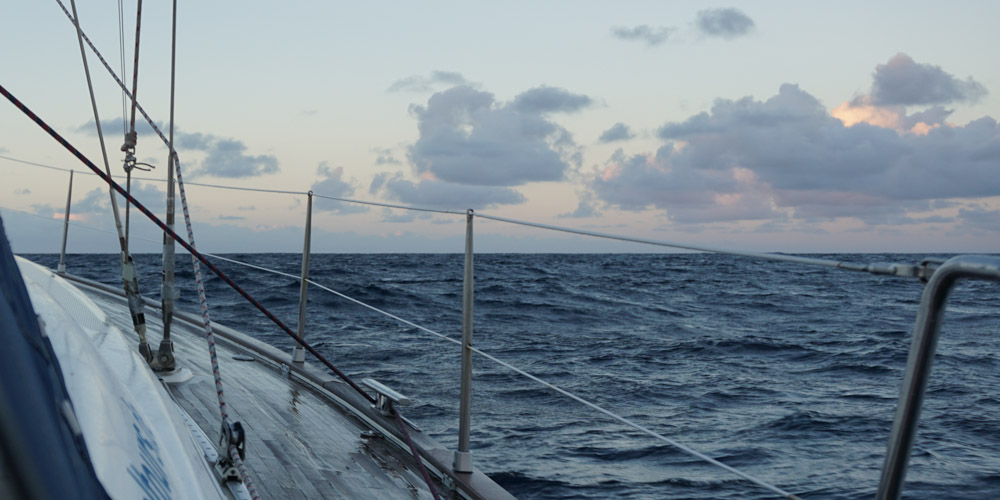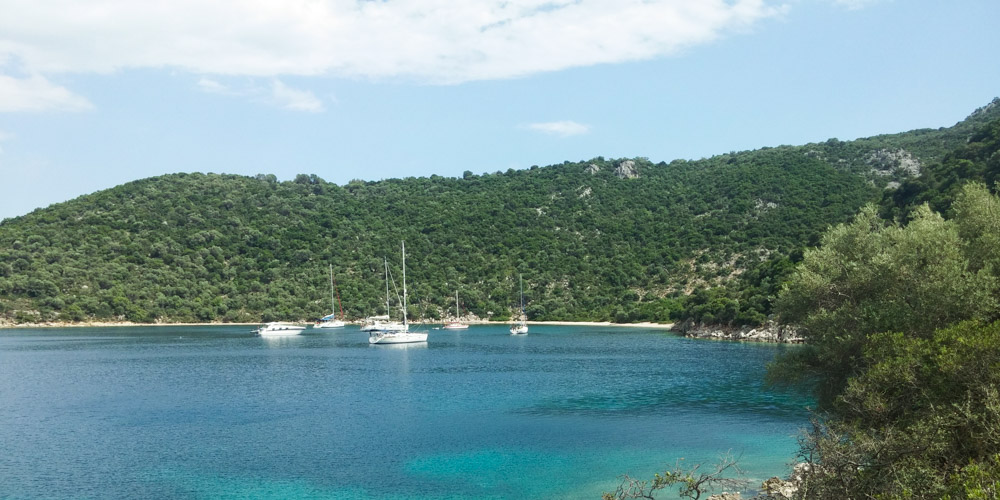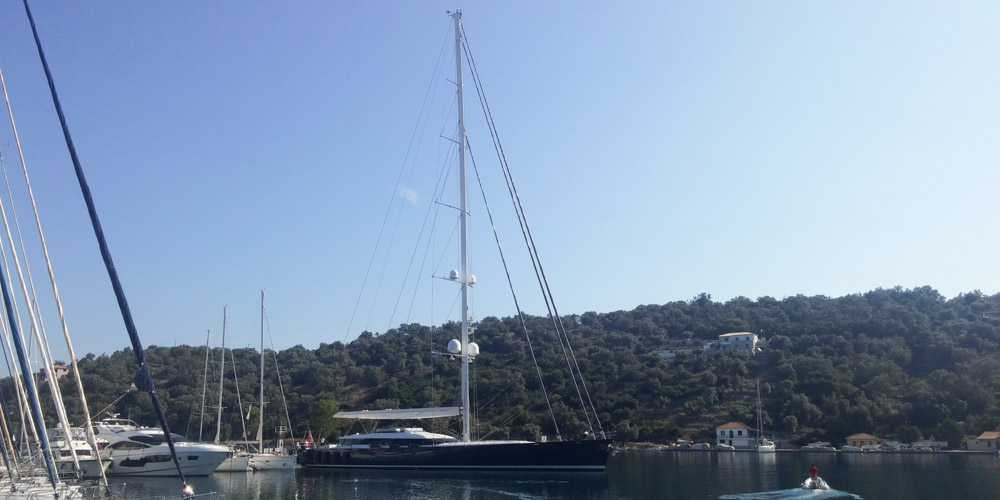
Why I love Sailing
I’ve been through a multitude of sports in my life, but not one of them has sparked my interest as much as sailing has — despite, or maybe because, I started only five years ago. From the start, the prospect of being able to visit two thirds of the world without the need for fuel or infrastructure fascinated me.
Once I took my first course and felt how fast a small boat can get with a little wind, I was hooked. Let me explain.
How it works
Contrary to many people’s intuition, a sailboat does not simply get pushed by the wind. Rather, it generates momentum from two wings, the sails above the water serving as one and the centerboard below the water as the other. Those almost opposing forces create a little bit of forward momentum. This is enough to make the boat go forward in almost any direction, except straight against the wind. But with a little zigzag, you can get anywhere you want.

Is it hard to do? In the simplest case, it means controlling a single line and a rudder — hardly more difficult than driving a car.
Is it expensive? Absolutely not. As the mechanics are simple and sailboats have been around for a long time, you can buy an old boat for as litte as 500 €. You will have the same joy when starting out as if you paid tens of thousands.

How it feels
Once you hear the gurgle of water streaming by, a small boat feels surprisingly fast. And when the wind sets in, feeling the boat heel and gain speed is really showing you how much power can be harnessed. Using this simple skill, you could not only sail around on a lake or near shore, but venture out into the world and not have to think about money or gas — what a taste of freedom.
So many facets
Once the initial fascination wears off, you can choose the next challenge: Whether it is going bigger, faster or further, sailing is a sport that offers an unmatched depth of variety, possibilities and technological advances.

Explore: Whether you rent a boat somewhere or you buy one for yourself, there are coasts and islands to explore all around the world. You have the classics such as the Caribbean or the Mediterranean, but you can have just as much fun exploring the Baltic Sea. The best way to get started is to see what is closest to you and read some trip reports or a sailing guide about that area. Wake up in a different place each day, anchor at a nice beach or a beautiful island, catch fish along the way, the opportunities are endless. Countless cruising people on Youtube offer inspiration.
And do not shy away because of the money: Yacht rental can be cheap. We paid 700 € for a week on a 10 meter (30 foot) yacht in the Baltic Sea last year. It could have fit four people — hardly more than an apartment would have cost us.

Race: Sailboat racing has been popular even before the big around-the-world races. On small boats, the challenge is a more athletic one, as you have to put all your bodyweight in. On Yachts, you still get wet if you push it, and usually have bigger teams working together. From small regatta courses over Atlantic crossings to going around the world, racing sailboats has a place for everyone. This is the place where you will learn most about how to set your sails optimally, how strategy and tactics work and what makes you fast. And once you know what is happening, races like the Americas Cup, the Volvo Ocean Race or the Vendee Globe become much more interesting to watch. There are also smaller, just as exciting races out there, like the Mini-Transat: Boats with a length of only 6.50m (less than 22 feet) compete for the fastest time to cross the Atlantic. A minimalist challenge.
Getting started should be as easy as joining a club and taking some lessons where ever you are.

Advance: The racing aspect would be incomplete if one did not mention the technological benefits the sport gained from it. In the past, there have been cooperations with universities, new technologies from aerospace engineering, heavy experimentation and later also heavy funding from sponsors. The sport has made many leaps because of them. Modern Sailboats have improved in almost every detail compared to boats from thirty years ago. They can make better use of their sails, have less drag, are lighter at the same strength, some even have wings and are (almost) capable of flight. Sailing faster than the wind was once considered impossible: The current records are 2.5 times faster at optimal course and 1.8 times faster on a round course.
Diving into all the complexity is not required, but if you are like me, then this sport will offer you endless knowledge to devour and experiment with over time.

Where I am now
Some years into the sport, I still feel like I am just getting started: I have all the licenses I need, a lot of dinghy and a couple of weeks of Yachting experience. It was certainly enough to rent a yacht on my own and sail it around Denmark.
I want to have the skills necessary to go anywhere in the world with a sailboat. This year, I already completed a multi-day offshore trip to gather experience on the open ocean. The next trip is booked, another is being scheduled right now. Maybe I’ll even get my own boat.
I really want to find out how far my interest in this sport can take me.
